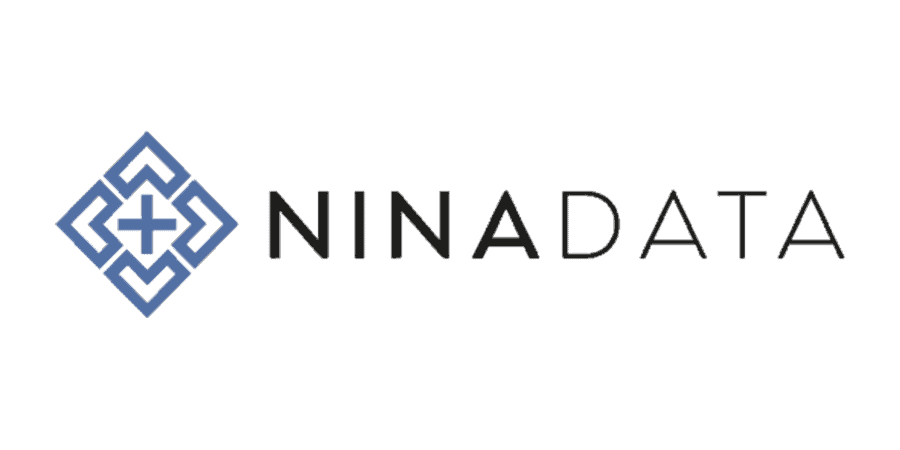Programmatic Pioneers Summit – Insights from NinaData
June 12, 2022Google delays cookie extinction… again – what it means for advertisers
August 11, 2022No brand wants to be associated with negative content. The possible financial and reputational consequences are staggering. Consumers in Europe and the U.S. are less likely to purchase from a brand whose ads are placed alongside harmful content and the platform hosting it is also likely to suffer. According to a survey from the Trustworthy Accountability Group (TAG) and Brand Safety Institute (BSI), 80% of consumers looked to reduce investments or even stop buying from brands that were advertising in unsafe places.
Likewise, brands are aware of the positive consequences when they feature alongside positive content. As advertising will always be placed alongside content, brand safety is always going to be a priority.
Brand safety goes beyond having a list of keywords to be blocked. Understanding the context in which content is displayed is critical for brands so that their ads don’t appear next to content they wish to avoid.
What is contextual advertising?
Contextual advertising involves placing ads on pages based on the content and context of those pages. Content is made up of text, images, and videos, while context looks at things like page categorization, relevance, and quality. Essentially, contextual targeting utilises data sources like keywords and the content topics of the web page into consideration when displaying ads instead of user behaviour.
If you’re thinking about contextual advertising from the 90s, a lot has changed since then. Today, contextual intelligence blends Artificial Intelligence and Machine Learning to mimic human-level intelligence in understanding the context. It goes beyond keyword blocks, instead examining the natural language patterns and offers sentiment and tone analysis of the page.
Contextual advertising is also capable of analyzing the content within images and videos, meaning brands can avoid potentially dangerous content, such as violence, drugs, nudity.
Finally, the recommendation engine recommends URLs that are contextually closely related to the main content.
Content is king
As the old saying goes, “content is king”. As advertising engines and platforms evolve, brands and advertisers can simply focus on creating engaging marketing content. Finding the right mix of relevance, audience, and brand safety becomes easier when working with the right advertising platform and partner.
To ensure your brand remains relevant and seen in the desired places, ask these three big questions:
- What are our brand values and what do we want to be associated with?
- Which topics, themes, and brands do we not want to be associated with?
- Do we have a plan in place on working with publishers?
By leveraging contextual intelligence with AI, brands can reach their target audience while also building valuable trust in a brand-safe way. NinaData helps keep brands safe and relevant while working on great ad campaigns and content.
Check out these results NinaData secured for Tap Native in our collaboration together:
- CTR Increased by 300%
- CPC Reduced by 40%
- ROAS increased by ~ 70%
If you would like to learn about how we can do the same for you, get in touch today!



